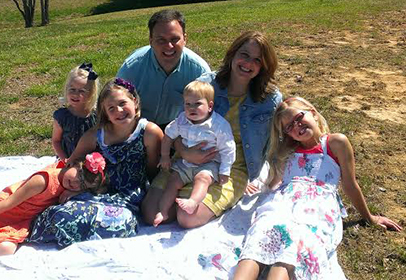More than a few years ago, I made a decision that I never dreamed would result in one of my children having to fight for his life. I was looking for a way to improve my children’s immune systems. I was in the process of removing as many processed foods as possible from our daily diet. I don’t really remember when I first ran across the idea of drinking raw (unpasteurized) milk. I bumped into it since I was doing a lot of reading on nutrition in those days. I read about all the benefits raw milk had to offer and that it was life-giving. I read that as long as I knew my farmers and knew that they took all the appropriate safety measures, my family would be safe from scary bacteria. So I jumped in and added it to our diet. We really liked raw milk. We did see a boost in our immune systems. It became so important to us that we were willing to travel some distance to pick it up at one point. Eventually a food club was formed in our area, and we began picking up our milk there — it came from an exemplary, top-notch farm. We continued happily drinking our delicious, creamy unpasteurized milk for eight years or so with no problems, as far as we knew. On Monday, Sept. 1, Seamus, our 18-month-old, began having bloody diarrhea, just a little bit at first. He’d been teething for a few days, and I wondered if it could be some crazy, weird teething symptom. It increased as the day progressed, and he began to lose his appetite. Beginning to worry, we took him to our family doctor on Tuesday morning. He thought it was probably viral but ordered a stool culture. We went home and tried to keep Seamus hydrated. On Thursday, when we should have gotten an answer from the culture, we found out there had been a lab error. No answers. We took a fresh diaper to the lab and again went home, still pushing fluids. On Friday, I voiced my concern to my sister, “He’s just not getting better, can’t keep anything down. The bloody diarrhea has changed to a kind of brown, bile-looking stuff.” She reminded me to make sure he was still having wet diapers. Her son had HUS (hemolytic uremic syndrome) three years ago, and she was understandably concerned. At the time he had become ill, he was also drinking raw milk supplied by the same dairy. We never made a connection as to what had possibly made him ill until now. 
Sponsored by Marler Clark
